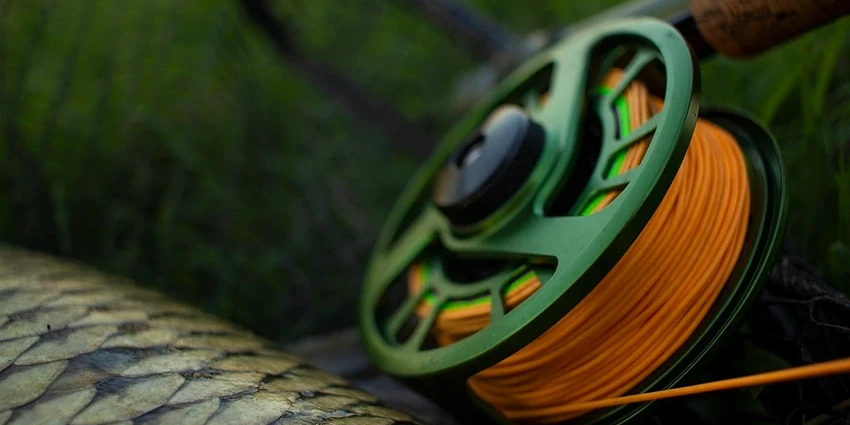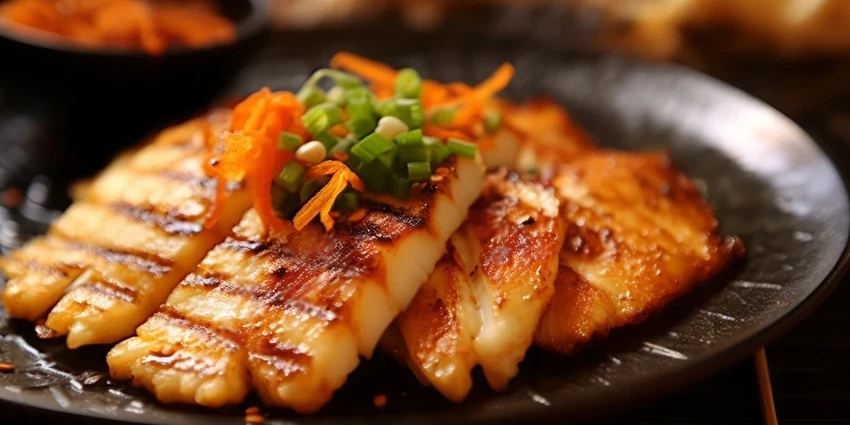All products were chosen independently by our editorial team. This review contains affiliate links and we may receive a commission for purchases made. Please read our affiliates FAQ page to find out more.
Bass fishing is an art, a science, and for many, a passion. The thrill of the catch, the beauty of nature, and the challenge of outsmarting a bass with the perfect lure are what draw anglers to the water. In this guide, we delve into the world of bass fishing lures, exploring various types, techniques, and tips to help you land your best bass ever. Whether you’re a seasoned angler or just starting, understanding the nuances of bass fishing lures is key to a successful outing.
Jump to:
Overview of Bass Fishing
Bass fishing is more than just casting a line; it’s about understanding the behavior of bass and the environment they inhabit. The right lure can make all the difference in your fishing experience, and knowing when and how to use each type is crucial.
Importance of Choosing the Right Lure
Selecting the right lure is essential for bass fishing success. The lure’s design, movement, and color should match the natural prey of bass in the specific fishing environment. This section will explore how to choose the best lure for different scenarios.
Evolution of Bass Fishing Lures
Bass fishing lures have evolved significantly over the years. From simple, handmade baits to sophisticated, scientifically designed lures, the advancements in lure technology have been remarkable. This evolution has led to more effective and diverse fishing techniques.
Types of Bass Fishing Lures
Jigs
- Description: Jigs are versatile lures that can mimic a variety of bass prey.
- Techniques: Effective in both shallow and deep waters, jigs can be bounced along the bottom or used in a vertical jigging technique.
Spinnerbaits
- Description: Spinnerbaits are known for their spinning blades that create vibration and visual appeal.
- Techniques: Ideal for covering a lot of water, spinnerbaits work well in murky conditions and around structures.

Crankbaits
- Description: Crankbaits are designed to mimic the movement of small fish.
- Techniques: Effective at various depths, crankbaits are great for exploring different water columns.
Soft Plastics
- Description: Soft plastics are versatile lures that can be rigged in various ways.
- Techniques: These lures work well for finesse fishing and can be used in weed-infested areas.
Topwater Lures
- Description: Topwater lures create surface disturbance to attract bass.
- Techniques: Best used in calm, early morning, or late evening conditions.
Factors Influencing Lure Selection
Water Conditions
- Clarity: Choose lures based on water clarity—bright colors for murky water and natural colors for clear water.
- Temperature: Water temperature can affect bass activity and lure choice.
Weather Patterns
- Wind and Rain: Windy and rainy conditions might require lures that create more disturbance.
- Sunny Days: Bright, sunny days might call for more subtle lure presentations.
Bass Behavior
- Feeding Patterns: Understanding bass feeding habits helps in selecting the right lure.
- Seasonal Changes: Bass behavior changes with seasons, influencing lure choice.
Techniques for Using Different Lures
Jigging Techniques
- Slow Jigging: Effective in cold water conditions.
- Fast Jigging: Ideal for active bass in warmer waters.
Spinnerbait Retrieval Methods
- Slow Roll: A technique for deeper waters.
- Burn: A fast retrieval method for aggressive bass.
Crankbait Depth Control
- Shallow Diving: For fishing in shallow waters.
- Deep Diving: For reaching bass in deeper zones.
Soft Plastic Rigging
- Texas Rig: Weedless setup for fishing in heavy cover.
- Carolina Rig: For deeper water fishing.
Topwater Tactics
- Popping: Creates a disturbance on the water surface.
- Walking the Dog: A side-to-side action mimicking injured prey.
Seasonal Lure Choices
Spring
- Lures: Soft plastics and jigs are effective during the pre-spawn period.
- Techniques: Slow retrieval methods work best in cooler water.
Summer
- Lures: Topwater lures and crankbaits are ideal for active summer bass.
- Techniques: Faster retrieval and aggressive techniques match the bass’s energy.
Fall
- Lures: Spinnerbaits and jigs are effective as bass prepare for winter.
- Techniques: Varying retrieval speeds can be effective as water temperatures drop.
Winter
- Lures: Finesse lures and slow-moving jigs are ideal in cold water.
- Techniques: Slow and steady retrieval is key in the winter months.
Register for our latest in-depth reviews and product round-ups from the experts
Enter your email address below to receive our twice monthly reviews emails.
By entering your details, you are agreeing to our terms and conditions and privacy policy. You can unsubscribe at any time.
Lure Customization and Maintenance
Customizing and maintaining your lures can significantly improve your fishing success. Regular maintenance ensures your lures perform at their best, while customization can make your lure more appealing to bass.
Advanced Lure Techniques
Color Selection
- Match the Hatch: Choose colors that mimic the local prey of bass.
- Contrast: Use contrasting colors in murky water for better visibility.
Size and Weight Considerations
- Size: Match the size of the lure to the size of the prey bass are feeding on.
- Weight: Adjust the weight of the lure based on the depth you’re targeting.
Combining Lures for Effectiveness
- Trailers: Adding a trailer to a jig or spinnerbait can enhance its appeal.
- Double Rigging: Using two different lures in tandem can be effective in certain conditions.
Environmental Considerations and Ethics
Responsible bass fishing involves understanding and respecting the environment. This includes practicing catch and release, using eco-friendly lures, and being mindful of the local ecosystem.
Case Studies: Successful Lure Strategies
Real-life examples of successful bass fishing strategies can provide valuable insights. These case studies highlight the effectiveness of different lures and techniques in various conditions.

Advanced Lure Techniques
Color Selection
- Match the Hatch: Selecting the right color based on the natural prey in your fishing area is crucial.
- Contrast: In murky waters, using contrasting colors can make your lure more visible and attractive to bass.
Size and Weight Considerations
- Size: The size of the lure should mimic the size of the prey bass are feeding on in your fishing area.
- Weight: Adjust the weight of your lure to target the desired depth, whether it’s surface, mid-water, or bottom.
Combining Lures for Effectiveness
- Trailers: Adding a trailer to a jig or spinnerbait can enhance its appeal and effectiveness.
- Double Rigging: Using two different lures in tandem can be a successful strategy in certain fishing conditions.
Environmental Considerations and Ethics
As anglers, it’s our responsibility to protect the waters we fish in and the species we pursue. This includes practicing catch and release, using eco-friendly lures, and respecting local fishing regulations and ecosystems.
Case Studies: Successful Lure Strategies
Real-life examples and case studies of successful bass fishing strategies can provide invaluable insights. These stories highlight the effectiveness of different lures and techniques in various conditions and environments.
Frequently Asked Questions
The best bait for largemouth bass depends on the conditions. A combination of a solid lure for finesse fishing and a good moving bait can cover nearly all conditions.
Bass are primarily attracted by vibration and smell. Lures that create significant vibration or are scented can be particularly effective.
Salt and garlic are two of the most effective scents for attracting bass. Lures infused with these scents can be more appealing to bass.
Bass can be caught at all levels of the water column, depending on conditions. In cooler waters, they tend to go deeper, while in warmer conditions, they may feed closer to the surface.







